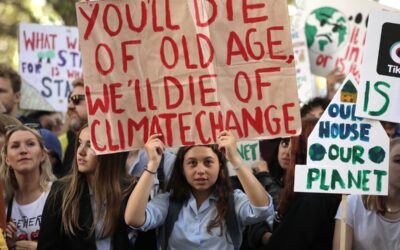Sterling’s down nine per cent against the euro since November, which as the FT helpfully reminded us this morning is
a rate of decline not far off that seen during sterling’s enforced exit from the European exchange rate mechanism in 1992, when it fell 11 per cent against Germany’s D-Mark.
Ralph Atkins and Chris Giles continue:
The list of causes is long. UK interest rates are expected to be cut, Britain’s trade position looks increasingly precarious, capital inflows from companies buying UK assets have slowed sharply, and a perception of poor economic management has grown since the credit squeeze hit the world in August.
But most economists think the adjustment is necessary even if it hurts in the short run. The UK’s current account deficit is seen as increasingly unsustainable; it is now the largest among the Group of Seven leading economies after big downward revisions to foreign income at the end of last year.
Over the course of today, news also emerged that annual factory gate inflation reached a 16 year high during December, as the fall in the value of the pound made imports of food and fuel even more expensive. Meanwhile, Britain has slipped from fifth to sixth place in the world’s rich list: the French are now worth £70 billion more than us (the top four remain the US, Japan, Germany and China).
Sigh: more chickens coming home to roost. National Institute of Economic and Social Research director Martin Weale comments that sterling’s hitherto sustained strength had fooled people into believing that
you can run the economy permanently on the back of consumer spending and rising land prices.



